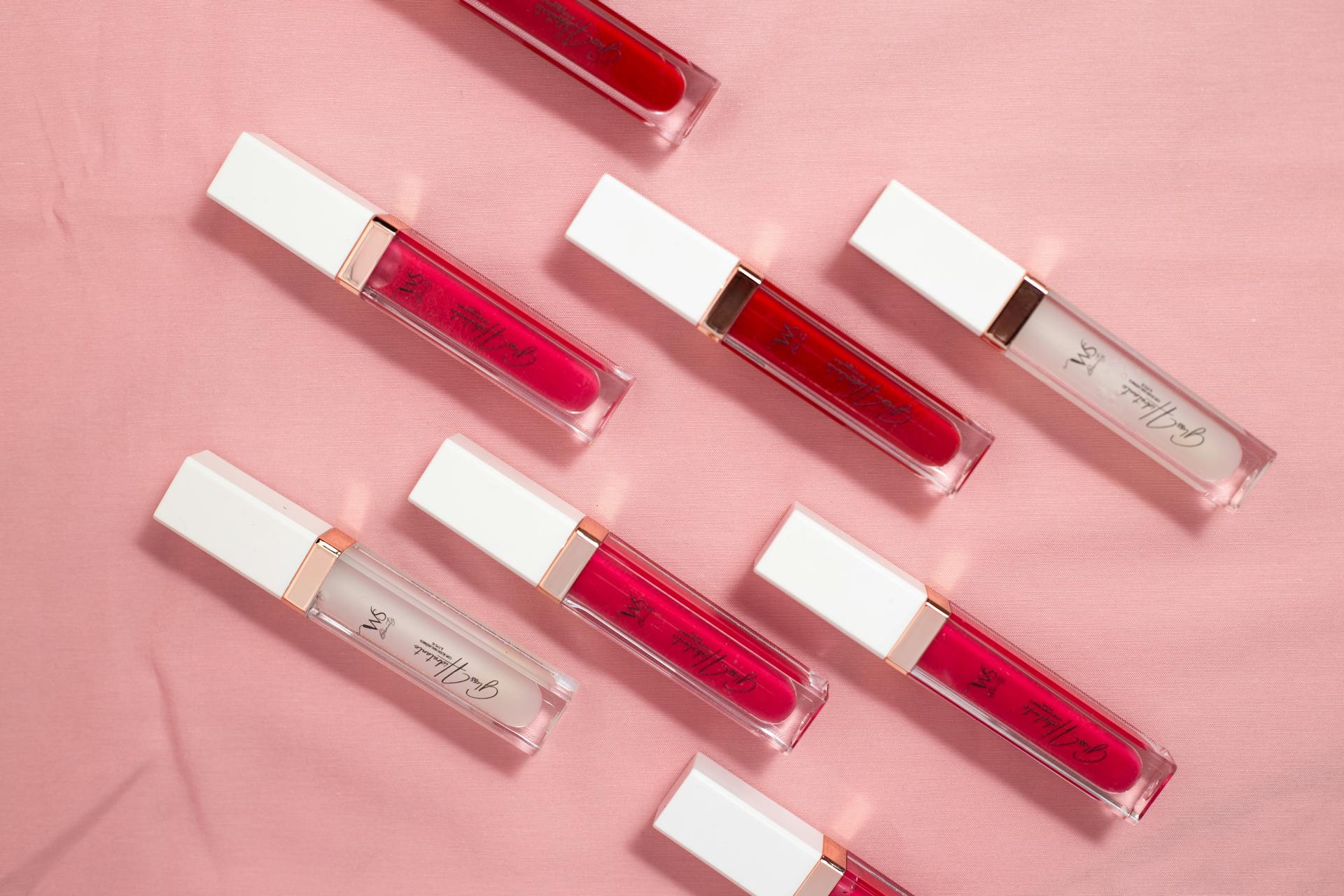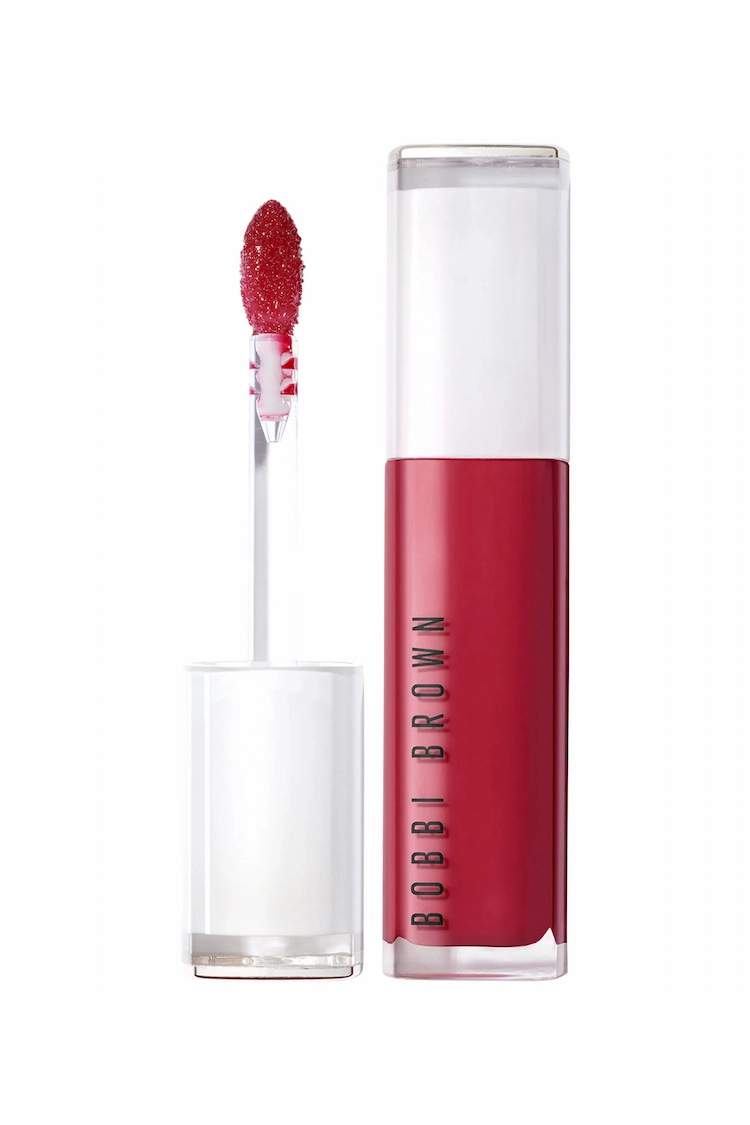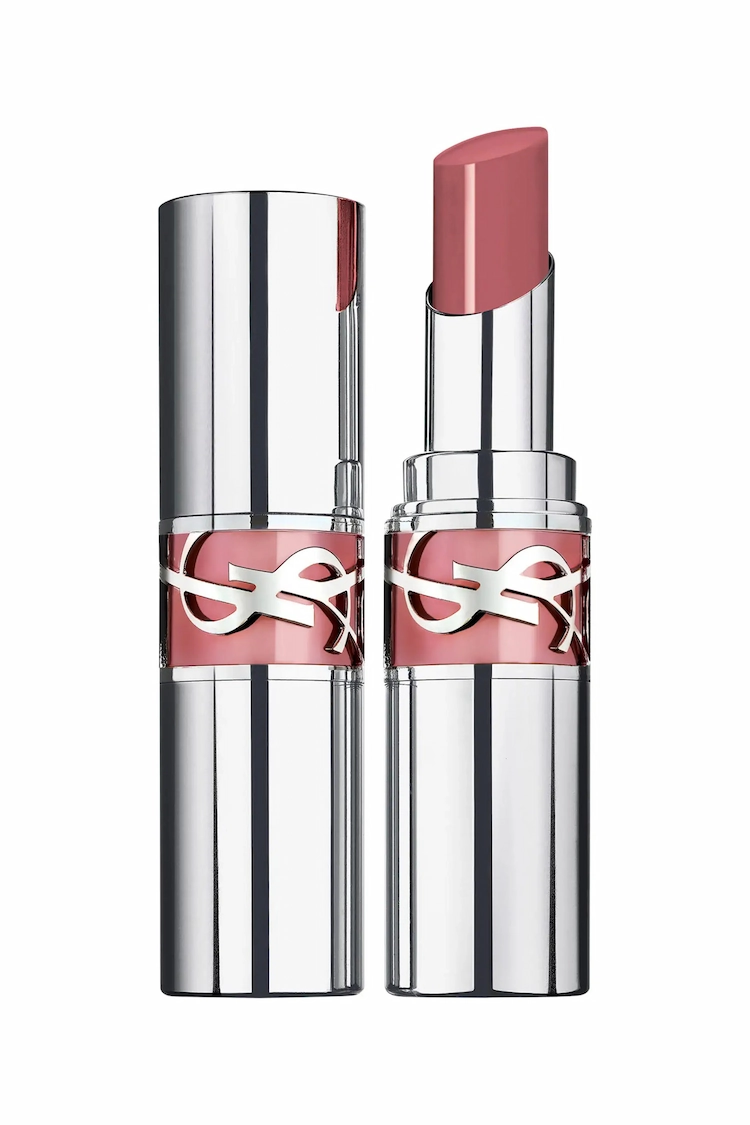
We thoroughly assess all products before recommending them. We may be compensated if you choose to buy through links on our site.
Question: Should You Put Lip Oil Over Lip Balm?
Answer: Yes, you should put lip oil over lip balm for maximum benefits. The balm acts as a hydrating primer, and the oil seals in that moisture while adding a glossy finish. This layering technique keeps lips nourished and looking their best.
Lip Oil vs Lip Balm
Countless products and trends emerge. Some fade quickly while others change our routines forever. The current conversation buzzes around our lips and how we care for them. We all want soft, hydrated, and glossy lips. This desire leads to many questions about product application. A popular question I often hear is about whether you should put lip oil over lip balm. The simple answer is yes, but the reason why involves understanding how these two amazing products work. They each serve a unique purpose in your lip care routine. This post will explore their individual benefits and explain why layering them correctly unlocks their full potential for perfectly nourished lips.
We will break down the science behind each product. We will look at their key ingredients and provide a clear guide on how to combine them effectively. Think of this as your personal consultation for achieving your best lips ever. Forget chapped, dry lips and embrace a routine that delivers both deep hydration and a beautiful shine. This method gives you both the treatment and the aesthetic you want from your lip products. It is a simple change that makes a significant difference in your lip health and appearance.

5 Best Lip Oils
Lip Oils
From gentle toning to intense color correction, these lip oils offer targeted solutions for blonde and highlighted hair...
Lip Balm’s Protective Function
Lip balms are a staple in almost every bag and pocket for a good reason. Their primary job is to protect your lips. Lip balm creates a barrier on the surface of your skin. This barrier locks in existing moisture and shields your delicate lip skin from harsh environmental factors like wind, cold air, and sun. The skin on your lips is thinner than the skin on the rest of your body. It also lacks oil glands, which makes it prone to dryness and chapping. A good lip balm acts as a substitute for that missing protective layer.
The magic of lip balm lies in its ingredients. Most balms contain occlusive agents. These are ingredients that form a physical barrier on the skin. Common occlusives include beeswax, petroleum jelly, and shea butter. They prevent water loss, a process known as transepidermal water loss. Emollients are another key component. Ingredients like lanolin and cocoa butter soften and soothe the skin, filling in any tiny cracks. By combining these elements, lip balm provides immediate relief for dry lips and maintains their hydration levels over time. It is the foundational step for healthy lips.
Related Article: Can Lip Oil Substitute Lip Balm?
Related Article: Can You Use Expired Lip Oil?
The Nourishing Role of Lip Oils
Lip oils have surged in popularity, captivating users with their luxurious feel and high-shine finish. Unlike balms that focus on surface protection, lip oils are formulated to nourish and hydrate the lips from within. They are typically made from a blend of natural, nutrient-rich oils that the skin can absorb. These oils deliver vitamins, antioxidants, and fatty acids directly to the delicate skin of your lips. This direct nourishment helps to repair damage and improve the overall health and texture of your lips over the long term. They are a treatment and a gloss in one beautiful package.
Think of lip oils as a serum for your lips. They contain smaller molecules than the heavy waxes found in many balms. This allows them to penetrate the skin more deeply. Common ingredients you will find in high-quality lip oils include jojoba oil, which mimics the skin’s natural sebum, and squalane, which provides incredible hydration without feeling greasy. Coconut oil and almond oil are also popular for their conditioning properties. The result is a product that not only gives an instant, beautiful sheen but also works to improve your lip condition with every application. It tackles dryness at its source.
The Correct Way to Layer Your Lip Products
Now we address the main question about layering. The correct application order is essential for getting the benefits of both products. You should always apply lip balm first, followed by lip oil. This sequence is based on the function and formulation of each product. Your lip balm, with its occlusive ingredients, creates a protective seal. This seal holds in your lips’ natural moisture and prepares a smooth canvas. Applying it first ensures you are locking in hydration before adding anything else on top.
After you apply a thin layer of balm, give it a minute to settle. Then, you can glide on your favorite lip oil. The oil will sit beautifully on top of the balm’s base. It will deliver its nourishing ingredients to the surface of the lips and provide that coveted glossy finish. The balm underneath prevents the oil from absorbing too quickly or disappearing. It also stops the oil’s hydration from escaping. This layering technique creates a powerful duo. The balm protects and primes, while the oil nourishes and adds shine. Applying them in the reverse order would be less effective. The thick waxes in balm would prevent the thinner oil from penetrating your lips.
A Skincare Analogy for Your Lips
You can think about this process just like your facial skincare routine. You would not put a heavy moisturizing cream on before a lightweight, watery serum. The serum needs to go on first to penetrate the skin effectively. Then the moisturizer goes on top to seal in the serum and protect the skin barrier. The same logic applies to your lips. The lip balm is your moisturizer, creating the essential seal and the lip oil is your serum, delivering a concentrated dose of nutrients. Following this order ensures each product can perform its job without interference.
Choosing Between Balm and Oil for Different Occasions
While layering lip balm and oil is a fantastic technique for daily care, there are times when using one product alone is more suitable. Understanding when to use each one individually helps you customize your lip routine for any situation. Your choice depends on your lip condition and the desired finish. Knowing this allows you to get the most out of your products. It makes your lip care more intuitive and effective. Let us explore some common scenarios to guide your decision.
You should reach for a rich, healing lip balm when your lips are severely chapped or dry. In these moments, your priority is repair and protection. A thick layer of balm, especially one with ingredients like lanolin or ceramides, will soothe irritation and create a durable barrier against further damage. Lip balm is also the superior choice for a base under lipstick, particularly matte formulas. It smooths the lip surface and prevents the lipstick from drying out your lips, all without adding too much slip or shine that could cause the color to feather or fade. Use lip balm alone for intense treatment.
A lip oil is your best friend when you want a sheer tint of color and a glass-like shine. It is perfect for a natural, everyday look or for adding a touch of glamour over a bare lip. If your lips are already in good condition and you just want a boost of hydration with a glossy finish, a lip oil is all you need. It provides a more polished look than a standard balm. It can also revive the look of a fading lipstick during the day. A quick swipe of oil can add moisture and shine back to your lip color, making it look fresh again.
Key Ingredients to Look For
The effectiveness of any lip product comes down to its formula. When you shop for lip balms and lip oils, reading the ingredient list helps you find high-quality options that will truly benefit your lips. Certain ingredients offer superior protection and nourishment. Being an informed consumer allows you to choose products that will deliver real results. Here is a list of beneficial ingredients to seek out in your lip care products. This knowledge will empower you to build a better lip care collection.
-
For Lip Balms
Look for occlusives and emollients. Shea butter is an excellent emollient that softens and moisturizes. Beeswax is a natural occlusive that forms a protective barrier. Lanolin is a powerful ingredient that closely resembles the skin’s own oils, helping to repair a compromised skin barrier. Ceramides are also fantastic as they help restore and maintain the skin’s natural barrier.
-
For Lip Oils
Seek out lightweight, nutrient-dense plant oils. Jojoba oil is a top choice because its structure is very similar to your skin’s natural sebum, allowing it to absorb beautifully. Squalane, often derived from olives, is another lightweight hydrator that provides moisture without a heavy feel. Hyaluronic acid is a great addition, as it draws moisture into the lips, making them appear fuller and more plump. Vitamin E is a valuable antioxidant that protects lips from environmental damage.
Your New Lip Layering Ritual
So, the final verdict is a clear, yes, you can and should layer lip oil over lip balm for a comprehensive approach to lip care. This method combines the protective, sealing power of a balm with the deep, nourishing benefits of an oil. You get the best of both worlds in one simple routine. The balm creates a hydrated foundation, and the oil adds a layer of treatment and a beautiful, high-shine finish. It is a technique that elevates your daily routine from basic to expert. It ensures your lips are not only comfortable and healthy but also look their absolute best.
Embrace this layering technique as your new standard for lip care. Start with a clean, exfoliated lip surface. Apply a thin, even layer of your favorite protective lip balm. Allow it to absorb for a minute. Then, apply a sweep of a nutrient-rich lip oil over the top. You will immediately see and feel the difference. Your lips will feel incredibly soft and hydrated, and they will have a stunning, healthy-looking sheen. This small adjustment in your routine can lead to a big improvement in the health and appearance of your lips. Experiment with different product combinations to find your perfect match.


